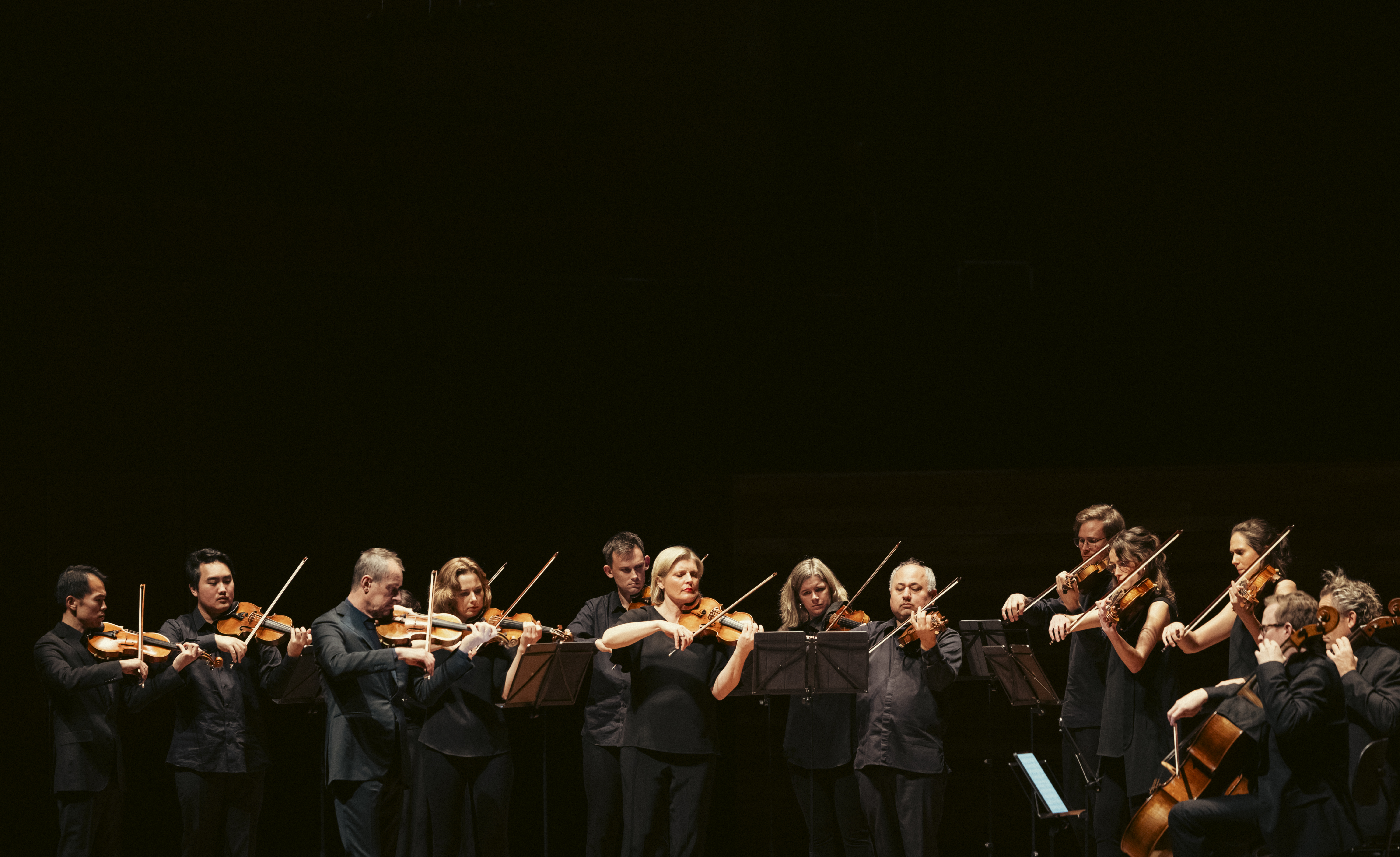
In 1906 Gustav Mahler completed his Eighth Symphony, a largescale and triumphant statement of confidence in the eternal human spirit. The next “symphony” that followed comes from an entirely different universe: it is a deeply personal meditation on humankind’s mortality and destiny. This massive shift in perspective resulted from a series of tragic events that took place in the following year: his forced resignation from a longstanding directorship at the Vienna Court Opera, the deterioration of his marriage, the death of their eldest daughter from scarlet fever and diphtheria, and the diagnosis of a heart defect that for him was akin to a death sentence.
After trying to distract himself by conducting a four-month season with the Metropolitan Opera in New York, he returned to Europe and holidayed in the north-Italian region of Toblach. His physical and emotional wellbeing was at an all-time low. In a letter to conductor Bruno Walter he wrote, “I’ve long known that I must die. But all at once I have lost the serenity and confidence I’d acquired, and I find myself facing the void. Now, at the end of my life, I have to learn to stand and walk all over again like a beginner… As far as my work is concerned, it’s most depressing to have to relearn everything.”
To console himself from the pains of life, Mahler immersed himself in a volume of Chinese poems entitled Die chinesische Flöte (The Chinese Flute). It was through these poems, and sheer musical determination, that he was able to establish enough inspiration to embark on Das Lied von der Erde, an orchestral song cycle that would constitute a ninth symphony in all but name. Mahler typically avoided setting great literature to music, but the poems had touched on something intensely personal following the death of his child. Where he previously felt an artistic duty to present the human spirit in his Eighth Symphony, he was now certain of the need to express the brevity of life on earth through music.
He began composing sometime after his arrival to Toblach in June 1908, and had completed the entire work by 1 September. Those who visited Mahler saw him transform before their eyes, emerging from his crisis as a different man, now at peace with the world. Writing to Bruno Walter, he remarked “I can’t yet say what the whole work will be called. I’ve been granted some beautiful moments, and I believe this will be the most personal thing I’ve done so far.” He was aware of the “curse of the ninth” that had prevented Beethoven, Schubert and Bruckner from composing more than nine symphonies, so he instead scribbled the words “The Song of the Earth, from the Chinese” on the manuscript.
The work as a whole encapsulates then juxtaposes two profoundly different aspects of the world: its earthly pleasures and escapes (beauty, youth, intoxication), and its bitter realities (melancholy and the inevitable approach of death). Das Trinklied vom Jammer der Erde (The Drinking Song of Earth’s Sorrow) is based on a drinking poem, and combines drunken exhilaration with a deep, regretful sadness.
Der Einsame im Herbst (The Lonely One in Autumn) laments that nature’s beauty is only fleeting. Von der Jugend (Of Youth) is a light scherzo that reflects the inanity of beautiful youths drinking tea in a “porcelain pavilion”. Von der Schönheit (Of Beauty) depicts young maidens gathering lotus flowers at the river’s edge, an image of beauty that seems as fragile as life itself. Mahler returns to the idea of the drunkard in Der Trunkene im Frühling (The Drunkard in Spring), depicting a careless man who cares only for meaningless pleasures.
Der Abschied (The Farewell) is as long as the five previous movements combined, and is the culmination of the entire work. It opens with a slow funeral march followed by free-flowing music in which the singer muses on aspects of the natural world while night falls. A mandolin represents a singer’s lute, the woodwinds imitate
birdsong. The singer waits for her friend to say a final farewell and, after a lengthy orchestral interlude, the two friends share their final dialogue and the music fades into silence. After exploring the highs and lows of the human condition, Mahler leaves the listener with feelings of peace and consolation – as he must have finally felt upon the work’s completion.
Australian Chamber Orchestra will perform Wagner's Siegfried Idyll in Mahler's Song of the Earth, directed by Richard Tognetti, and touring to Sydney, Melbourne, Brisbane and Canberra, 12-26 May. Click here for tickets.
